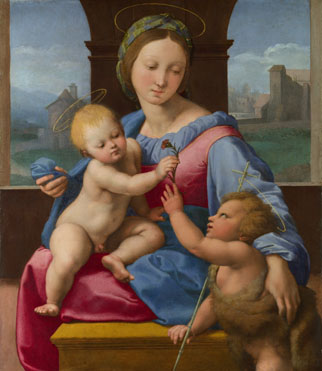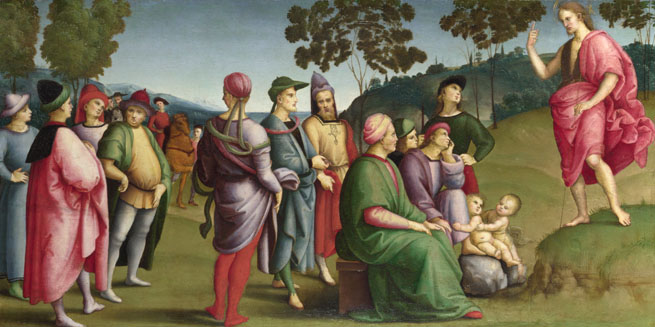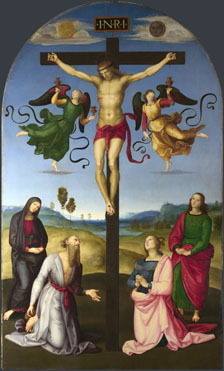I'm going to have to package my product...so here are some images of packaging for herbal remedy products, like mine!
^ very feminine design, aimed at females obviously, colour coded, photographic image that's been manipulated, consistency throughout design (font, layout, theme, images etc)
^ interesting way to open the product (pull right side and both ends are released), simple design, informational booklet, simple colour scheme, 'Kalms' rather than calms- using a word related to the nature of the product

^ herbs in a tin is a nice idea, kinda similar to what I'd like to create, only I want mine to be a bottle of scented liquid, simple design, maybe a bit too boring, female orientated design, simple colour scheme
^ I think these are really cool! Very modern and funky, simple yet quirky. Consistent throughout designs. Easy to remember the brand name. Colour coded. Layout is simple, clear and consistent. Compact tins, pocket / handbag friendly.
^ Love these, quirky and modern, but the text is a bit Aztec in style, which I like. numbers to show range of products, consistent design style, bright colours.
^ really like the quirky packaging of these, how the three bits at the top fold in, like the logo. simple layout of text / imagery. consistent design style. simple and minimal colour scheme.
^ consistent designs, colour coded, simple colour schemes- not too many colours on each bottle, logo on bottle top, there's no label as such on the bottles, they are completely decorated so you cannot see what's inside.
^ simple and effective designs, colour coded, plain packaging, normal box, simple colour scheme, consistent design style, maybe a bit too plain, not that much going on
^ I really like this packaging! So innovative, tea bags in a teepee, shaped like a teepee! Even when you remove the packaging, the tea bag is still shaped like a teepee, and the sticks at the top are an easy way to hold the tea bag and remove it from it's packaging. Consistent design style. Colour coded. Simple design on the packaging but the quirkiness of the actual box makes up for it.
^ bright colours, plain box design, bold text, minimal text, play on words (kinda) to make viewer laugh.
^ Sleek designs, plain but with bold, bright coloured text that stands out. Consistency throughout designs. Male appeal - not too much going on, stand out, no hassle. Colour coded. Minimal design.
^ not really herbal remedy packaging but I liked it! Quirky way to dispense chewing gum / bubble gum. Funny name- 'Gubble Bum', playing on the words bubble gum...duh. Simple and few colours. Bright and stands out. Quirky faces on packets. Plain boxes. Minimal text on fronts of packets.
^ Look a bit like tablets, but in a more quirky container. I think the corks are quite cute, so might use this idea in my designs. Not a lot else to comment on really... /:
^ Fun way to dispense tablets, though my product isn't tablets, I still liked this idea. Maybe a pyramid shaped box? Bright colours, all fit together, clearly labelled...kind of reminds me of an advent calender /:
^ Consistency throughout designs. Colour coded. Simple, clear designs, quite plain. Logo is consistent, just changes colour with each product. Layout is consistent. Clear and precise info on front to keep things simple. Plain rectangular box. I like these because I think they look very professional and simple yet effective. Logo relates to nature of product (quite literally...nature).
^ These little jam jars are really cute, not really herbal remedies but I liked the packaging theme! Jam in individual jars and packaged in what looks like brown paper and string, though is probably cardboard. Very cutesy and old fashioned looking, maybe aimed more at older women.
^ These are nice, very light colours so seem bright and positive. Labels on jars look like real labels, with plenty of info on. Colour scheme works well. Tone of the grey colour varies depending on the strength of the product - the word 'milky' is lighter in colour than the word 'strong'. I'm puzzled as to what these are... from the names I'm thinking maybe something you dissolve in a drink? Or are they sweets because that's what they look like? I don't know...
































.jpg)






















